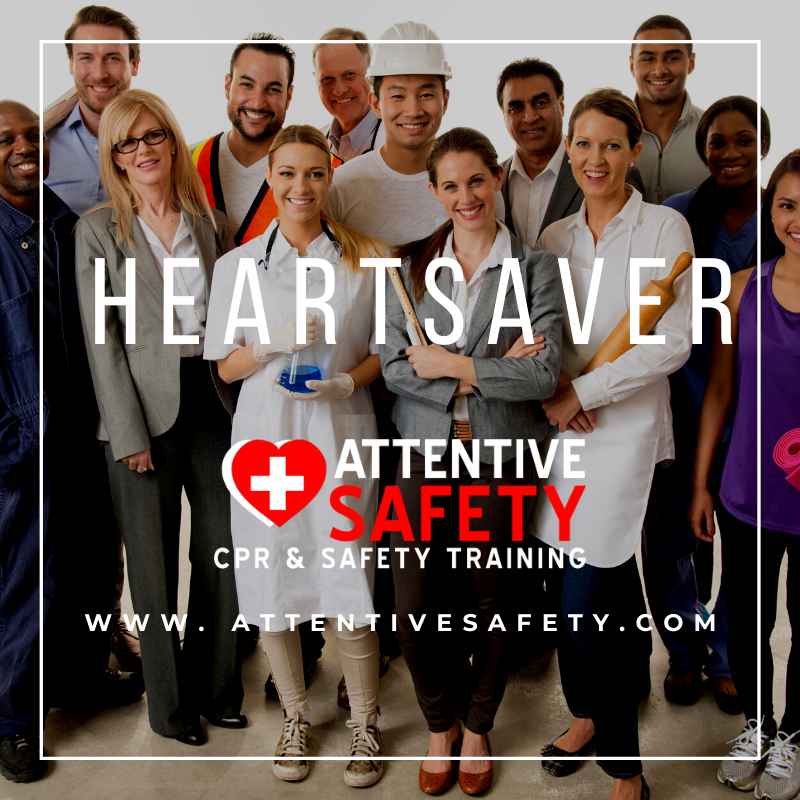Heartsaver First Aid CPR AED
Empower Yourself with Lifesaving Skills: Join Attentive Safety’s Heartsaver First Aid CPR AED Course
|
|
Attentive Safety proudly offers the comprehensive Heartsaver First Aid CPR AED course, a vital training program designed for individuals seeking to learn essential lifesaving skills. Whether you're part of a Fortune 1500 company, work within various industries, or simply a layperson eager to be prepared for emergencies, this course is tailored to equip you with the knowledge and skills needed to respond confidently in critical situations.
Why Choose Our Heartsaver First Aid CPR AED Course?
Course Details:
What Will You Learn?
Who Should Enroll? This course is ideal for employees in security, law enforcement, childcare, education, and many other sectors. It's also perfect for anyone interested in learning vital emergency response skills to protect family, friends, and community members. Register Today and Make a Difference Don’t miss this opportunity to gain or renew your lifesaving skills with Attentive Safety’s Heartsaver First Aid CPR AED course. Secure your spot today and take the first step towards becoming a confident first responder in emergencies. |

